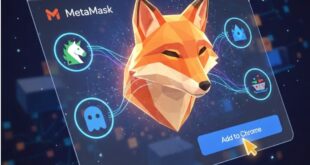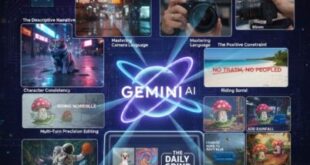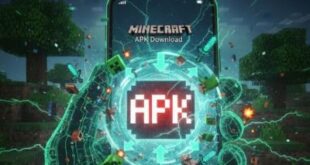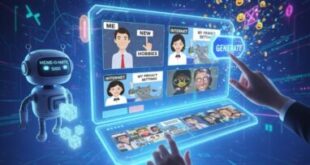For content already published on the internet, it is quite easy to check for plagiarism. There are free as well as premium, paid tools available online for checking plagiarism. However, with growing influence of AI-generated content, detecting plagiarized text has become quite difficult. Even more so, as there are multiple AI platforms that can generate the desired content within seconds.

AI tools like ChatGPT generate content using their own datasets, which is not published online. This is unique and has no record on the internet. Moreover, AI platforms like ChatGPT can rewrite content several times. This makes it even more difficult to track if the content is written by a human or AI.
So, how to detect ChatGPT plagiarism? How to know if a student’s essay is genuine or just copied from AI platforms like ChatGPT. Here are some steps you can take to differentiate between human generated and AI-generated content.
Use ChatGPT / AI plagiarism tools
There are various online plagiarism tools that specialize in detecting AI generated content. Some examples include GPTRadar, Copyleaks AI Content Detector and Winston AI. You can try some of them to understand which one is best for your needs. For example, you can take some content from ChatGPT and check it on online AI-plagiarism tools. You can consider using the one that seems most accurate.
ChatGPT has its own AI plagiarism checking tool known as AI Text Classifier. Please note that most of these tools will only provide a suggestion about whether the content is human generated or AI generated. It cannot tell you from where the content is copied. Apparently because AI content is unique and sourced from private datasets.
Ask ChatGPT
If you want to distinguish between human-generated content vs AI-generated content, a simple way is to ask ChatGPT. Ask the same question to ChatGPT, as may be the topic of the suspected content. It is quite possible that you may be able to spot similarities immediately. You can also ask ChatGPT different variations of the query. This can uncover more copied or similar looking content.
Check for emotional aspects in the content
AI tools like ChatGPT are programmed to deliver fact-based content. They are unlikely to be in support or against any particular topic. In comparison, it may be possible to detect emotional aspects in content written by a human being. If the topic itself is a little formal or drab, then even human-generated content may lack emotional flavor. In other cases, the presence of emotional aspects may indicate that the content is likely written by a human.
Check for patterns
Content generated by every writer has some unique patterns, quite like the uniqueness of a fingerprint. It comes from the use of specific words, sentence structure, active vs passive, etc. There are inherent flaws too, which indicate the human flavor. In comparison, AI generated content is likely to be focused exclusively on information.
Even though it may be possible to detect AI-generated writing, it cannot be conclusively proved. This could be quite dangerous from the academic perspective. Students may stop doing the hard work and just copy paste everything from AI platforms. This will adversely impact their learning and cognitive skills.
It is imperative that AI companies come together to create a dedicated tool that can detect AI-generated content and AI-based plagiarism. AI is meant for better things, instead of being misused for personal gains.
 Newspatrolling.com News cum Content Syndication Portal Online
Newspatrolling.com News cum Content Syndication Portal Online






